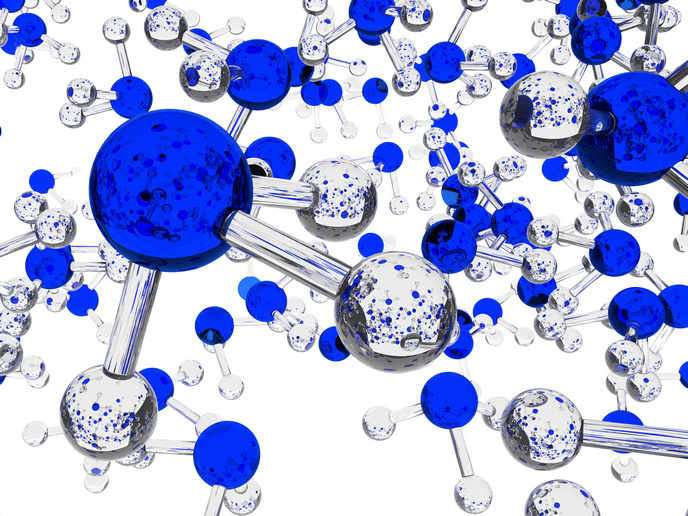Discovering an effective source of low-energy electrons
Low-energy electron pairs dissolved in water or liquid ammonia are powerful reducing agents that cause challenging reduction reactions. However, they can also cause radiation damage to biological tissue. Although scientists have made many hypotheses about such solvated dielectrons, their knowledge of the processes involved remains incomplete. Researchers supported in part by the EU-funded eDrop project have now discovered a formation and decay process of the solvated dielectron. The team conducted experiments on the DESIRS beamline at the SOLEIL synchrotron facility in France. Through these experiments, they found direct evidence to support the formation of these electron pairs by excitation with ultraviolet (UV) light in tiny ammonia droplets containing a single sodium atom. Their findings were published in the journal ‘Science’. This is the first time that scientists have been able to observe the unusual process that occurs when dielectrons are formed by excitation with UV light in tiny ammonia droplets containing a sodium atom. As described in a ‘EurekAlert!’ news release, in this process, one of the two electrons moves to the neighbouring solvent molecules and the other electron is ejected. “The surprising thing about this is that similar processes have previously been observed mainly at much higher excitation energies,” remarks the study’s lead author Dr Sebastian Hartweg, who was initially at Synchrotron SOLEIL and is now at the University of Freiburg, Germany.
It is all in the ejected electron
The researchers focused on the second, ejected electron because of its potential for interesting applications. Since this electron is produced with very low kinetic energy, it moves very slowly. Additionally, this energy can be controlled by the irradiated UV light that starts the whole process. Solvated dielectrons could therefore be a good source of low-energy electrons. Such low-energy electrons can trigger a wide variety of chemical processes. As the news release describes, they can cause radiation damage in biological tissue, but they can also serve as effective reducing agents in synthetic chemistry. Being able to selectively generate slow electrons with variable energy paves the way for more detailed studies of the mechanisms of such chemical processes in the future. Moreover, the energy supplied to the electrons in a controlled manner could also be used to make reduction reactions more effective. “These are interesting prospects for possible applications in the future,” states Dr Hartweg. “Our work provides the basis for this and helps to understand these exotic and still enigmatic solvated dielectrons a little better.” eDrop (Droplet Photoelectron Imaging) is coordinated by Swiss public research university ETH Zurich. The project ends in October 2024. For more information, please see: eDrop project
Keywords
eDrop, dielectron, solvated, ammonia, electron, low-energy electron



